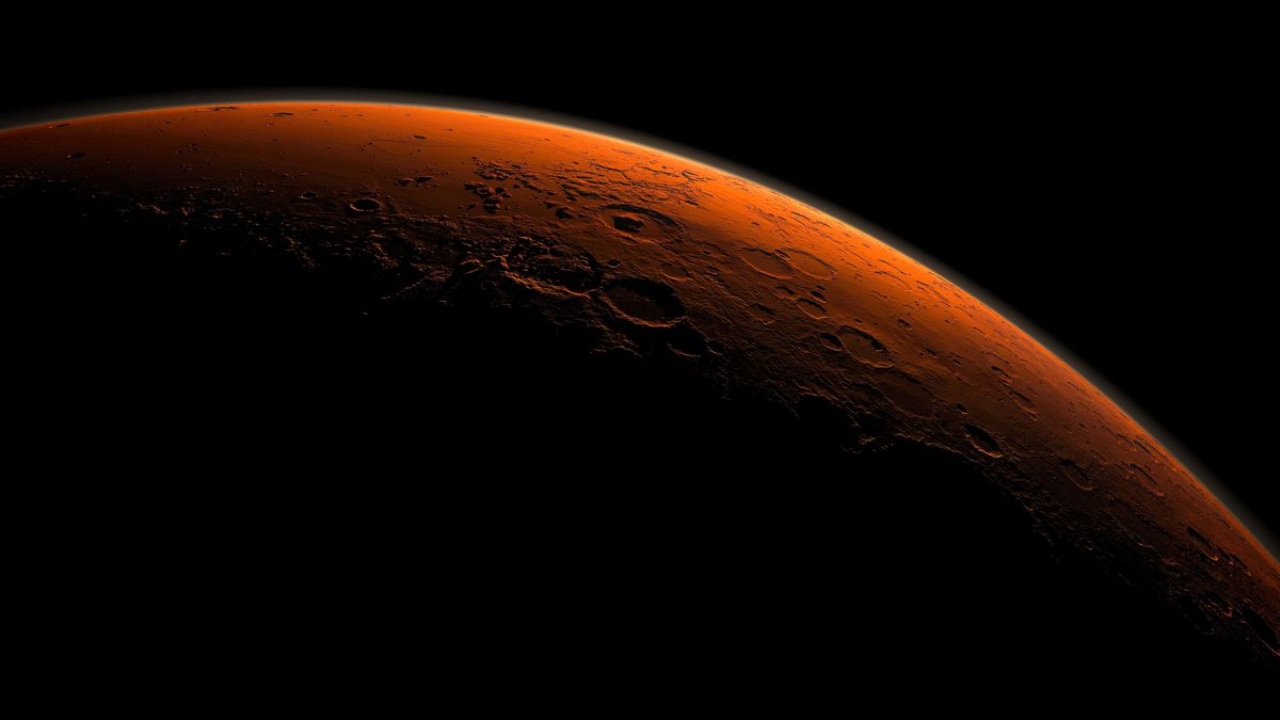The Curiosity rover on Mars appears to have stumbled on a pretty cool discovery: the atmosphere on Mars has varying levels of oxygen in it, with fluctuations that resemble seasons. While an interesting discovery, the NASA researchers that run the mission aren’t quite sure what to make of it. Fluctuations in gases that fill the air directly above the Gale Crater, where Curiosity landed, is something NASA scientists have been tracking ever since the rover’s arrival on Mars on November 2011. The study presents these findings, spanning three Martian years’ – the equivalent of six Earth years’ – worth of data from the mobile chemistry lab stowed away in the rover’s bottom, the Sample Analysis at Mars (SAM) experiment. The findings of the study are published in the
journal JGR-Planets. [caption id=“attachment_5983511” align=“alignnone” width=“1280”] NASA’s Curiosity rover in its previous site location at Vera Rubin Ridge. Image courtesy: NASA/JPL[/caption] The amount of oxygen appears to increase by 30 percent in the atmosphere during the corresponding spring and summer seasons on Mars. And while researchers are in the process of finding a fitting explanation for this odd phenomenon, astrobiologists can’t deny that microbial life could be responsible. The bulk of the “air” on Mars is carbon dioxide (CO2), with molecular nitrogen (N2), argon (Ar), molecular oxygen (O2), and methane (CH4) making up smaller volumes. “It is tempting to think, given that Curiosity makes measurements at the surface of Mars, that [the levels are] coming from the surface. However, there has no evidence available yet. Geologically-speaking, it seems unlikely – I can’t think of a process that would fit,” Dr Manish Patel, an ExoMars researcher from Open University that was not involved with the study,
told BBC News. Scientists are seeing anomalies in the expected oxygen patterns compared to the predictable, seasonal pattern of argon, nitrogen and CO2 in annual (12-month) cycles. While scientists expected oxygen to do the same, “the volume of gas in the air rose during spring and summer by as much as 30 percent, and dropped back to levels predicted by known chemistry in fall.”
Curiosity’s findings from experiments over the years indicate there might be life on Mars, what with the amount of (and cyclical changes in) methane present in the Martian air. Methane is a key indicator of processes in the subsurface, such as water-rock reactions, decomposition of clathrates or ancient accumulated meteoritic organics, and even current or past microbial activity. The rover’s mineralogy instrument, called CheMin (Chemistry and Mineralogy), provided the first analyses of rock samples drilled in the clay-bearing unit. CheMin also found very little hematite, an iron oxide mineral that was abundant just to the north, on Vera Rubin Ridge. Other than proof that there was a significant amount of water once in Gale Crater, what these new findings mean for the region is still up for debate, according to the US space agency. It is likely that the rocks in the area formed as layers of mud in ancient lakes — something Curiosity also found lower on Mount Sharp, NASA said. Researchers suspect that the water interacted with sediment over time, leaving an abundance of clay in the rocks there. And if water, methane, and oxygen aren’t a promising recipe for early life on a planet, we might as well all pack our bags and go home! Also read: The mystery of Mars' missing methane might finally have been solved


)
)
)
)
)
)
)
)
)



